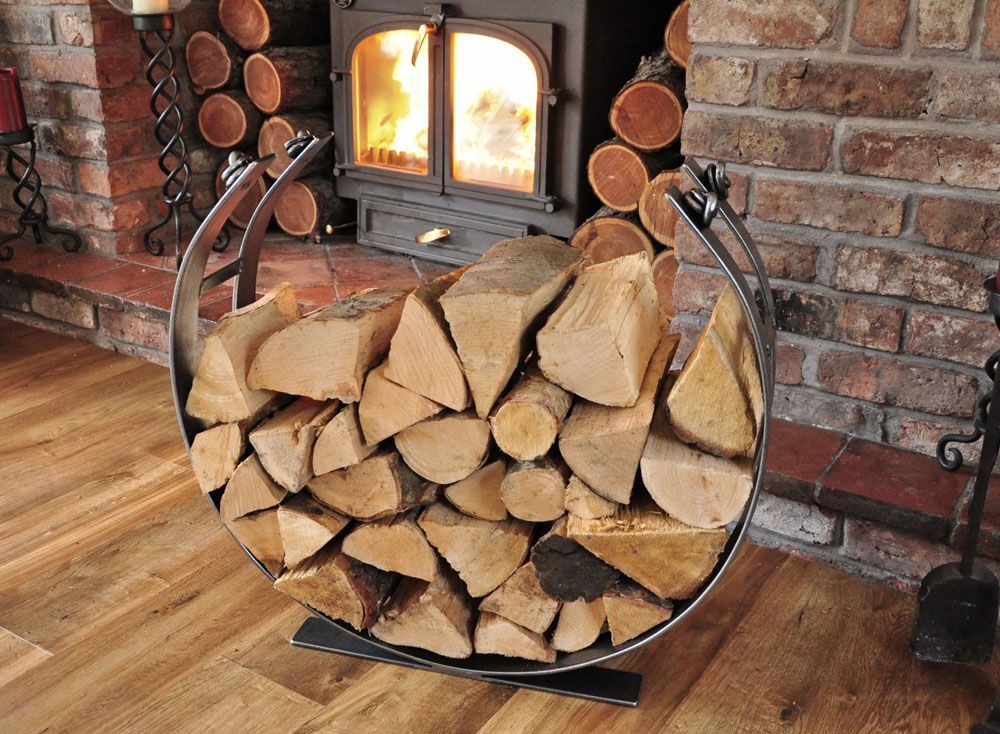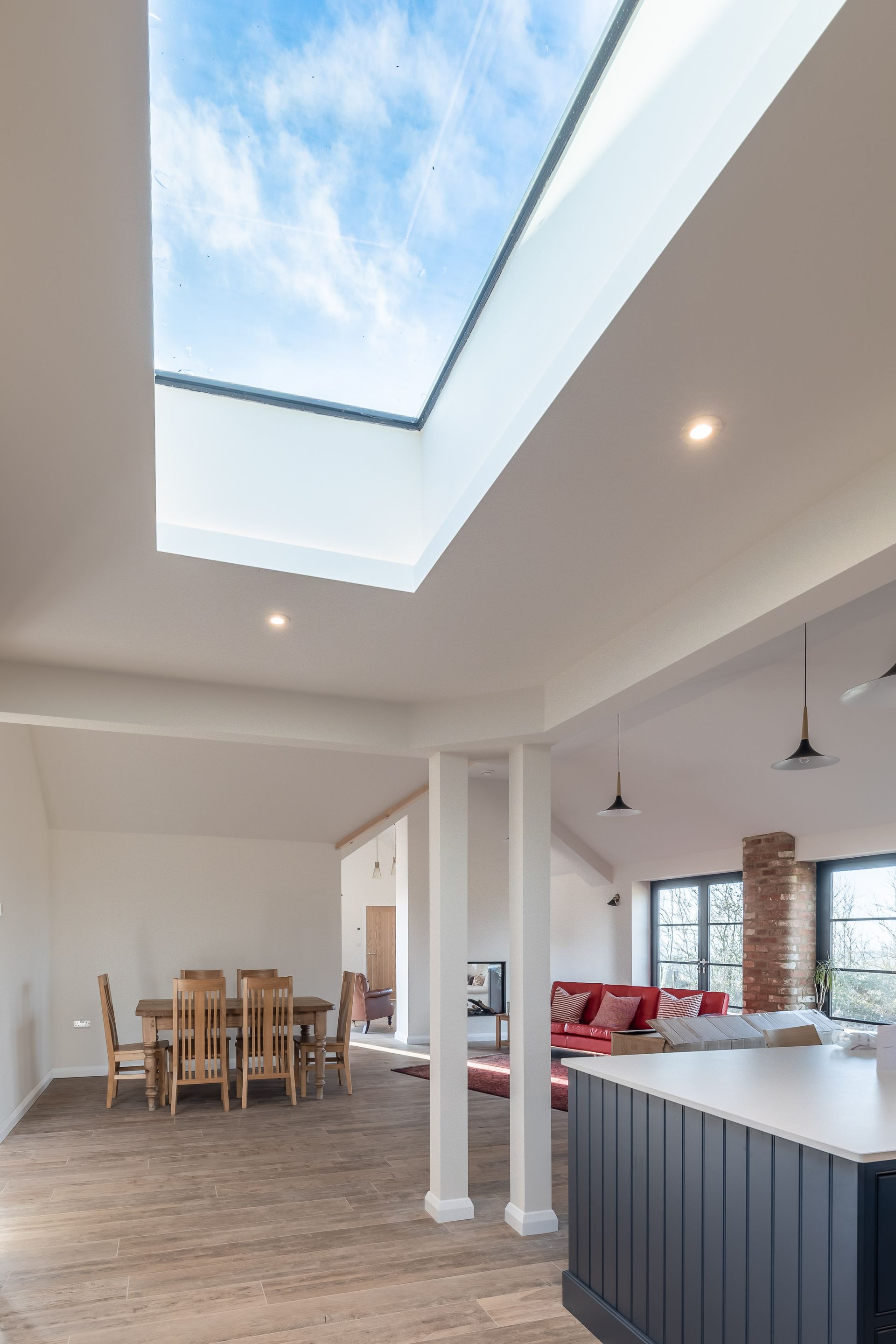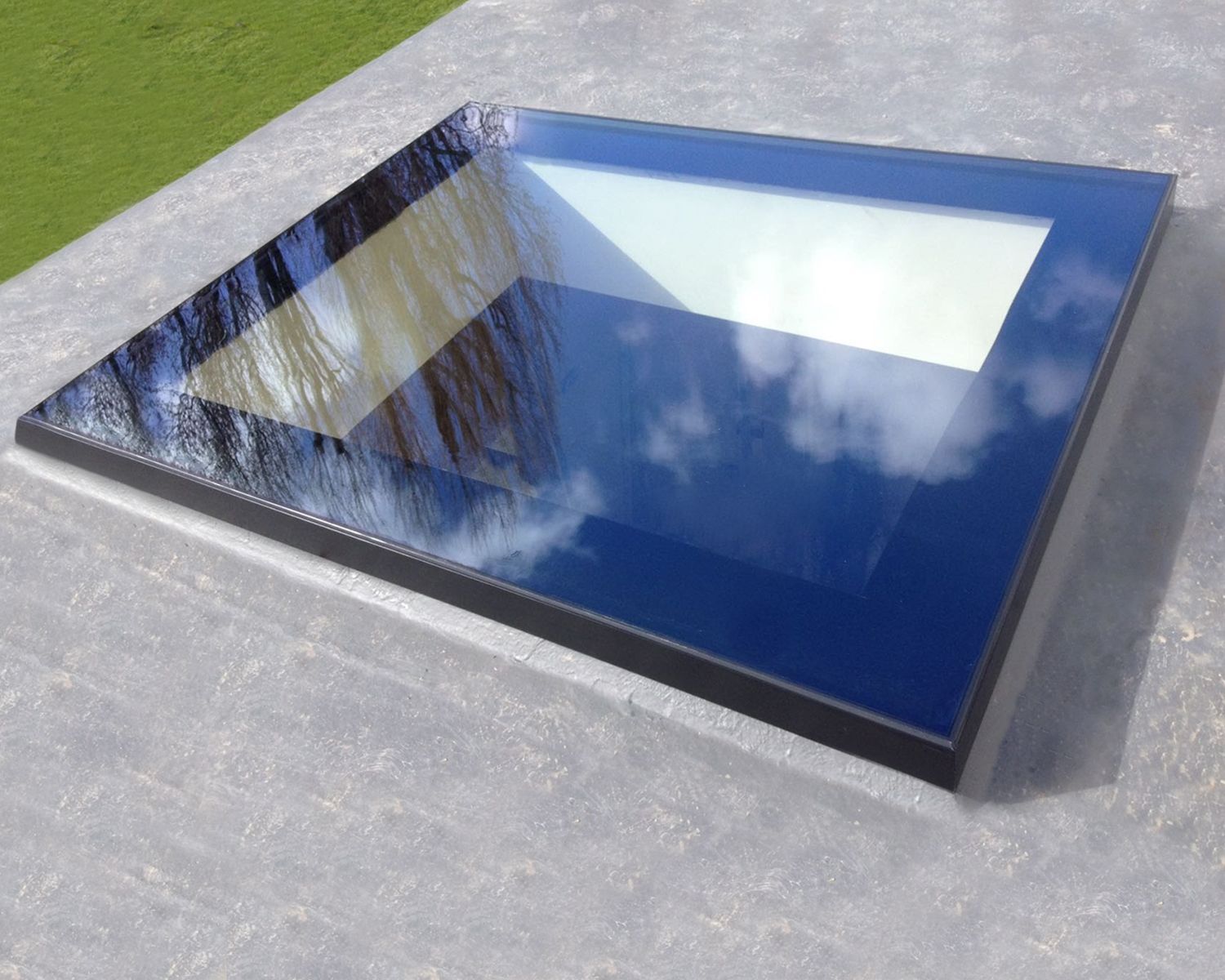The preservation of rainwater systems
Paul Trace, Director of Metal & Glass Ltd explains why preserving and maintaining a rainwater system contributes immensely to the external appearance of a property and prevents structural damage.
The majority of old buildings have cast iron gutters, downpipes and hopper heads which should be preserved and regularly maintained as part of the buildings heritage and original character. Decorative features like hopper heads, or rainwater heads as they are more commonly known, are especially important to the architectural value of a property as it is often an indication of the buildings age. For instance, during the Victorian and Edwardian times cast iron hopper heads were commonly used to put a stamp on a property by displaying either a date, coat of arms, an emblem or initials as well as providing an effective way of collecting rainwater.
Preserving and maintaining a rainwater system not only contributes immensely to the external appearance of a property it could prevent serious structural deterioration. It is not always necessary to replace the whole rainwater system as a failed section can be replaced. The Society for the Protection of Ancient Buildings (SPAB) suggests that where sections are beyond repair, replacements are made of the same material as the original which is normally cast iron or sometimes lead with older buildings. However, this may be problematic.
Cast iron has been used since the 19th century for gutters, downpipes and rainwater features. Traditionally one would be able to source a replacement piece for a rainwater system from a local foundry to match a particular pattern given to a city or county but unfortunately the majority of local foundries no longer exist, making it more difficult to obtain a particular profile. However, there are a number of traditional cast iron gutter and downpipe profiles which are sympathetic to the architectural needs of an historic building.
It should always be the aim to restore the original rainwater system as part of the building’s architectural heritage. A weather damaged section can be taken to a foundry and shot blasted back to the bare metal by a professional and repainted. This also applies to rainwater features such as hopper heads or rainwater heads as they are commonly known. It is advisable to take note of the colour of the old paint before the hopper head is shot blasted so it can be restored back to its original colour.
Where there is only one surviving hopper head, cast iron foundries can replicate the original to produce a matching pair. This skilled process is achieved by hand carving the decorative pattern onto wood supported by a rigid framework and then pouring resin into the carving. Once the resin is hard it is taken off to produce an exact cast into which the molten iron is then poured to produce an exact replica hopper head.
Where sections need to be replaced, the installation of rainwater goods should always be carried out by a competent person. The location of the installation should be thoroughly surveyed beforehand to accurately quantify the goods required and to determine the access equipment needed, noting any potential hazards that may arise during the installation. The existing installation can then be removed and the timber and masonry substrates inspected, repaired and redecorated as necessary to provide sound fixing locations for the new rainwater goods.
Cast iron rainwater goods should be carefully painted to avoid rusting before they are installed with any bare or cut metal primed accordingly. Once the rainwater goods are dry they can be installed.
The positioning of the downpipes is usually determined by the location of the ground level gullies, although manufactured or bespoke swan necks and bends allow more flexibility. The gutters should be laid to the shallow fall to the downpipes which should be vertical. Once the rainwater systems or part of have been installed it should be water tested using a hose or watering can to check there are no leaks and the walls are dry.
It is easy to forget about your rainwater system after replacing or repairing failed sections but it does need to be maintained and inspected as least twice a year. Even though cast iron rainwater goods have a superb life span they still need to be looked after, especially for their historical value. However, it does not matter whether the property is a hundred years old or brand new, the message is the same:
Maintaining your rainwater system contributes to the external appearance of the building as well as keeping it free from damp and structural damage.

All Rights Reserved | METAL & GLASS LTD
Company Number | 12113002





